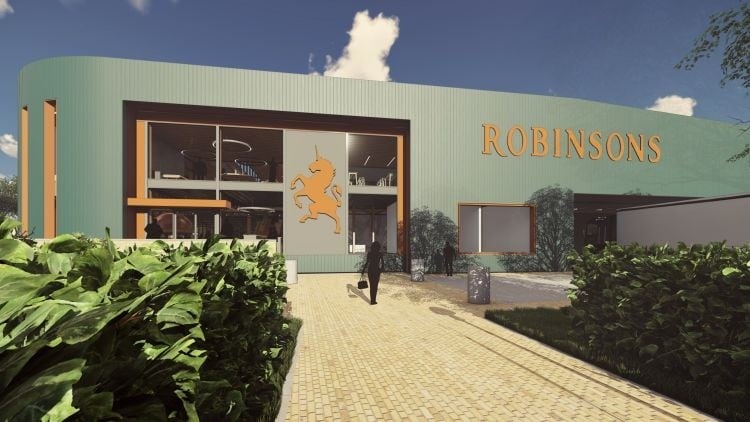Now it seems to be more widely accepted that the term was coined in the US to distinguish small-batch brews from the mass-produced lagers, in a country without a history of significant ale production. Confusion ensued when the label hit the UK, as what the real ale producers had been doing for years was, in many senses, ‘craft’, because it was based on quality ingredients and highly individual recipes.
However, the beer styles produced and hop types used in the US craft scene are markedly different, favouring heavy use of new world hops with their resinous and tropical fruit aromas, along with unusual flavour additions and new techniques.
And now the two strands have become entwined in UK beer culture. Although plenty of breweries have gone ‘full craft’ with strong, hoppy and unusually flavoured beers, many have tempered the US excess with British balance, creating ‘session craft’, while others add the new world hops from the US, New Zealand and Japan to classic European styles.
The cross-pollination is evidently beneficial; traditional cask breweries became more adventurous and stepped into the keg market, while more crafty types have embraced classic English bitters and stouts. It’s a wonderful array.
Think small scale
So while ‘craft’ might not really tell you about style or flavour, what ties it all together is that it is small-scale, hand-crafted beer with high quality ingredients and labour-intensive processes. It is characterised by innovation, fuelled by the creative energy that comes from small and forward-thinking companies.
Until the entry of multinational corporations. Despite the fact mass-produced beer still takes more than 90% of the market share, they saw the excitement craft beer was garnering and wanted in.
From buying up cool breweries to producing cans cunningly designed to look like part of the craft movement, they have elbowed their way into a sector that was created to stand apart from mass-produced products. This is not to be snobby – big brands have their place in the world, recognised and consistent. That place accounts for 88% UK market share by the ‘big four’, and 6% by other national and international brands – not attempting to take over the 6% of UK beer brewed by Society of Independent Brewers (SIBA) members, the small piece of the pie that local producers have carved out for themselves.
In The SIBA Craft Beer Report 2022, a real problem for consumers was discovered in that they are finding it increasingly difficult to identify ‘real craft’. In other words, the corporations are successfully ‘craft-washing’. Only 3% of those surveyed believe craft beer can be made by a multinational global brewer, yet one in four people can’t tell which beers are brewed independently.
In 2016, SIBA launched the Assured Independent British Craft Brewer badge, to act as a trusted mark of independence. While this is a great idea, without a large public-facing campaign there is not the level of recognition needed to have an impact, and consumers continue to be misled.
This confusion is then compounded when others, such as journalists, refer to beers from megacorps such as Marston’s as ‘craft’. Conglomerates have untold advantages over microbreweries; the genuine handcrafting of high-quality products is our key USP and it should be protected from co-option by the giants for the sake of both the breweries and the consumer.
The same centre-ground
There is another danger here, and it is homogeneity. A quick taste of mainstream lager products would have you struggling to differentiate between them because household name beers tend to occupy the same centre-ground, the popularity zone where the big bucks are. If this happens to craft beer it could become bland, boring, and indistinguishable – exactly what it was not meant to be.
In my view anything not from an independent brewery should be called ‘craft-style beer’ or ‘craft-influenced beer’ or ‘in the style of craft beer’.
In reality, it’s just a word and it doesn’t have protected status. So what can we do?
As brewers we need to promote the SIBA badge as a mark of independence so that it is recognised by as many beer drinkers as possible (and there is surely more SIBA can do in this regard).
Hospitality venues, retailers and journalists could spread the word, and make consumers aware so that they can make informed choices. Otherwise, the craft beer scene will be watered down beyond recognition and will lose its cachet with customers.
And no one wants watered-down beer.




